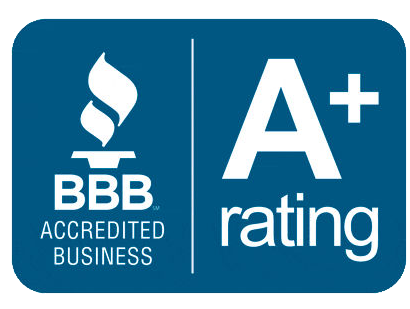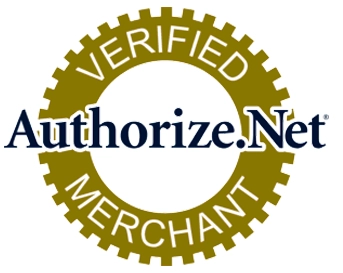Bloodborne Pathogen Kits for Blood Spills
For those in healthcare facilities, schools, or other public spaces, a bloodborne pathogen kit is essential for the clean up and proper disposal of a blood spill. Bloodborne Pathogen Kits from AED Professionals ensure minimized risk of exposure to bloodborne pathogens such as HIV, hepatitis B, and hepatitis C.
What’s Included in a Bloodborne Pathogen Kit?
Transmission of bloodborne pathogens does not occur through casual contact with an infected person such as hugging or shaking hands. Instead, bloodborne pathogens are easily transmitted when infected blood or certain body fluids enter another person's blood stream. This can happen in a variety of ways including:
- Needle sticks
- Contact with open cuts or abrasions
- Fluid splashed into the eyes, nose, or mouth
To avoid and minimize the risk of transmission, a bloodborne pathogen kit provides protection. Most bloodborne pathogen kits contain the following:
- Personal protective equipment such as gloves, face masks, eye protection, and gowns to prevent direct contact with blood or fluids
- Towels, solidifiers or spill pads to soak up bodily fluids
- Disinfectants
- Biohazard bags and labels
- Sharps containers for needles or sharp objects
- Hand sanitizer and cleaning wipes
- Incident report forms and instructions for proper use and clean up
Who Should Have a Bloodborne Pathogen Kit on Premises?
There are many institutions and facilities at which people face an increased risk of exposure to bloodborne pathogens. These include:
- Healthcare clinics and hospitals
- Senior living facilities
- Dental offices
- First responders
- Labs and research facilities
- Janitors
- Tattoo artists and piercing studios
- Correctional facilities
- Schools & Universities
- Fitness centers and sports facilities
- Airports and transportation hubs
- Hotels
- Daycare facilities
For the safety and well being of staff, patients, students, residents, and clients at these locations, stocking bloodborne pathogen kits is strongly recommended.
What are OSHA’s Bloodborne Pathogens Standards?
OSHA issued regulations 29 CFR 1910.1030 to protect workers from exposure to blood or other potentially infectious materials that could transmit disease. To achieve compliance with regulations:
- A facility needs a written exposure control plan to respond to an event with the potential for bloodborne pathogen exposure
- Individuals at risk for exposure must be given PPE (Personal Protective Equipment)
- Organizations and individuals must adhere to biohazard disposal protocols
- Individuals charged with blood clean up must be offered free HBV vaccines
- Those same individuals must receive annual training on bloodborne pathogen risks and safety procedures
- Exposure incidents must be documented and investigated.
- Needles or other sharp objects must be disposed of in a puncture-resistent container.
Bloodborne Pathogen Kits
Ensure your organization or facility is minimizing risk and securing the safety of individuals with bloodborne pathogen kits from AED Professionals.













